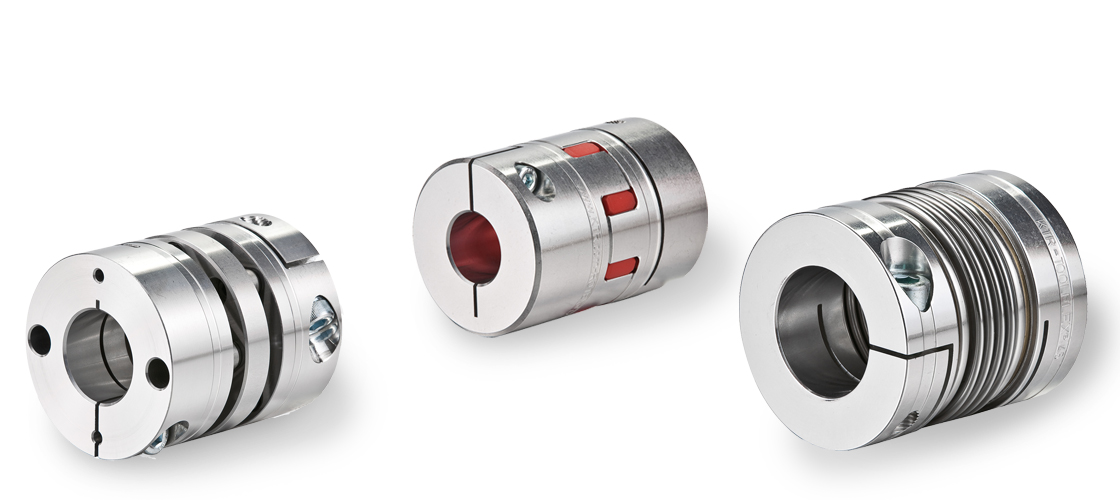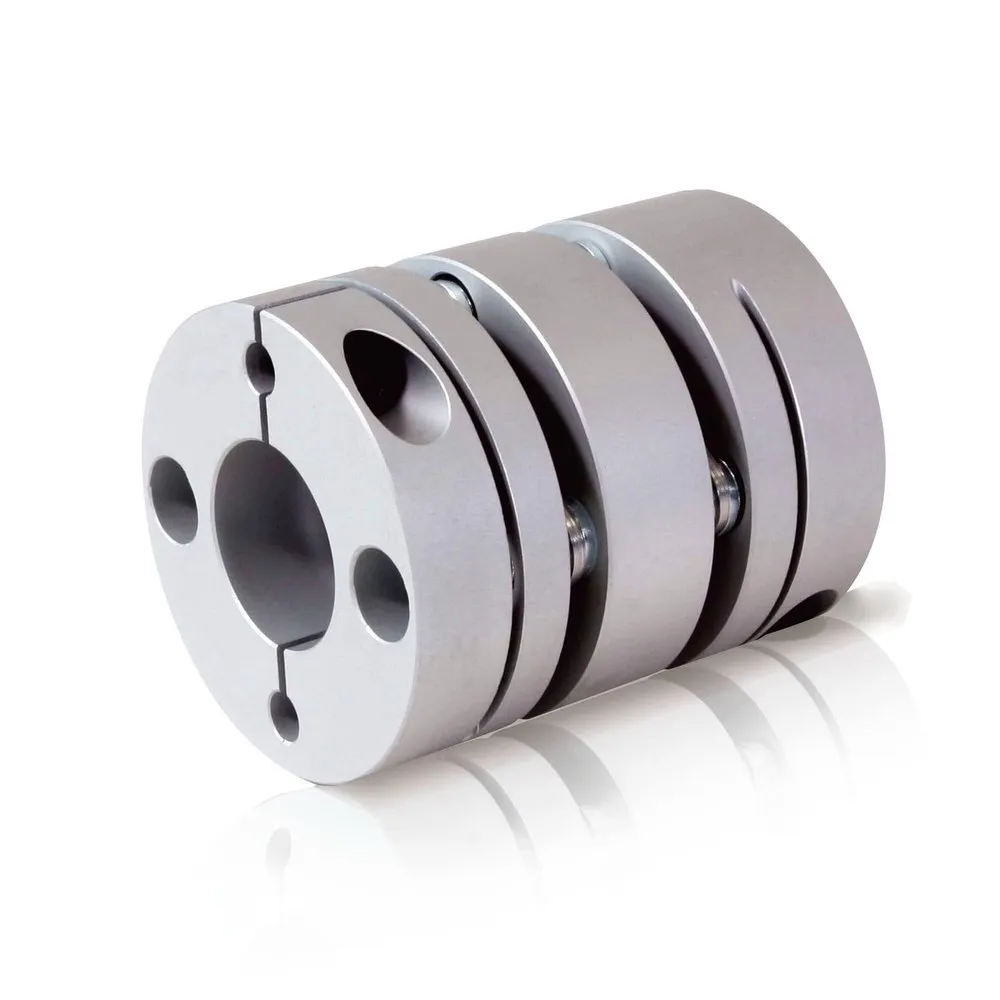Product Description
1111111111111111111111111111111111111111111111111111111111111111111111111111111111111111111111111111111111111111
| Item No. | φD | L | L1 | W | M | Tighten the strength(N.m) |
| SG7-11-30- | 30 | 50 | 18.5 | 13 | M3(4) | 1.2 |
| SG7-11-40- | 40 | 66 | 25 | 16 | M4(6) | 2.7 |
| SG7-11-55- | 55 | 78 | 30 | 18 | M5(4) | 6 |
| SG7-11-65- | 65 | 90 | 35 | 20 | M5(6) | 6 |
| SG7-11-80- | 80 | 114 | 45 | 24 | M6(8) | 10 |
| SG7-11-95- | 95 | 126 | 50 | 26 | M8(4) | 35 |
| SG7-11-105- | 105 | 140 | 56 | 28 | M8(4) | 35 |
111111111111111111111111111111111111111111111111111111111111111111111111111111111111111111111111111111111111111111111111111111111111111111111111111111111111111111111111111111111111111111111111
| Item No. | Rated torque | Maximum Torque | Max Speed | Inertia Moment | N.m rad | Tilting Tolerance | End-play | Weight:(g) |
| SG7-11-30- | 7.4N.m | 14.8N.m | 20000prm | 8.7×10-4kg.m² | 510N.m/rad | 1.0c | +0.6mm | 50 |
| SG7-11-40- | 9.5N.m | 19N.m | 15000prm | 1.12×10-3kg.m² | 550N.m/rad | 1.0c | +0.8mm | 120 |
| SG7-11-55- | 34N.m | 68N.m | 13000prm | 4.5×10-3kg.m² | 1510N.m/rad | 1.0c | +0.8mm | 280 |
| SG7-11-65- | 95N.m | 190N.m | 10500prm | 9.1×10-3kg.m² | 2800N.m/rad | 1.0c | +0.8mm | 450 |
| SG7-11-80- | 135N.m | 270N.m | 8600prm | 1.9×10-2kg.m² | 3600N.m/rad | 1.0c | +1.0mm | 960 |
| SG7-11-95- | 230N.m | 460N.m | 7500prm | 2.2×10-2kg.m² | 4700N.m/rad | 1.0c | +1.0mm | 2310 |
| SG7-11-105- | 380N.m | 760N.m | 6000prm | 3.3×10-2kg.m² | 5800N.m/rad | 1.0c | +1.0mm | 3090 |
/* January 22, 2571 19:08:37 */!function(){function s(e,r){var a,o={};try{e&&e.split(“,”).forEach(function(e,t){e&&(a=e.match(/(.*?):(.*)$/))&&1

Explaining Torque Density in Relation to Servo Couplings
Torque density is a critical concept in servo couplings that relates to the amount of torque a coupling can transmit relative to its size and weight. It is a measure of the coupling’s ability to handle high torque loads efficiently while maintaining a compact and lightweight design. Torque density plays a crucial role in motion control applications where space and weight are significant considerations.
A servo coupling with high torque density can transmit substantial torque without adding excessive bulk or weight to the system. This is especially important in applications where minimizing inertia and maximizing responsiveness are essential for precise motion control. By having a high torque density, the servo coupling can handle high torque requirements while contributing to the overall dynamic performance of the system.
Various factors contribute to the torque density of a servo coupling:
- Material Selection: The choice of materials impacts the coupling’s strength and stiffness. High-strength materials with low weight, such as high-grade aluminum alloys or lightweight composites, can significantly improve torque density.
- Design: The design of the coupling, including the shape and thickness of the flexible elements, affects its torque transmission capability. Optimizing the design for torque transmission efficiency can enhance torque density.
- Flexibility: The coupling’s flexibility allows it to accommodate misalignments and reduce stress concentrations, contributing to its ability to handle high torque loads effectively.
- Performance Ratings: Manufacturers often provide torque ratings for their servo couplings. These ratings indicate the maximum torque the coupling can transmit, helping users assess the coupling’s torque density in relation to its size and weight.
Choosing a servo coupling with high torque density is advantageous as it allows for compact and lightweight designs, reduces inertia, and improves the overall performance and responsiveness of the motion control system. It also helps prevent over-sizing the coupling, leading to cost savings and space optimization in the application.

Maintenance Practices to Prolong the Life of Servo Couplings
Regular maintenance is essential to ensure the longevity and optimal performance of servo couplings. Here are some maintenance practices that should be followed:
- Visual Inspection: Perform periodic visual inspections of the servo coupling to check for signs of wear, damage, or misalignment. Look for cracks, corrosion, or any other abnormalities that may affect the coupling’s performance.
- Lubrication: If the servo coupling requires lubrication, follow the manufacturer’s recommendations for the appropriate lubricant type and interval. Proper lubrication helps reduce friction, wear, and heat generation, extending the coupling’s lifespan.
- Torque Checks: Periodically check the torque of the coupling fasteners to ensure they are properly tightened. Loose fasteners can lead to misalignment and premature wear.
- Alignment Verification: Verify the alignment of the servo coupling and correct any misalignments. Proper alignment ensures efficient power transmission and reduces unnecessary stress on the components.
- Environmental Protection: Protect the servo coupling from environmental factors that can cause damage, such as dust, moisture, and chemicals. Consider using protective covers or seals if the application requires it.
- Load Analysis: Regularly analyze the loads on the servo coupling to ensure it is operating within its rated capacity. Avoid subjecting the coupling to excessive loads that could lead to premature failure.
- Operating Conditions: Monitor and maintain the operating conditions within the recommended parameters. High temperatures, excessive vibrations, or rapid temperature changes can adversely affect the coupling’s performance.
- Replacement Schedule: Establish a replacement schedule based on the manufacturer’s recommendations and the servo coupling’s expected service life. Replace the coupling when it reaches the end of its useful life to prevent unexpected failures.
- Proper Handling: Ensure proper handling during installation, maintenance, and removal. Avoid applying excessive force or shock that could damage the coupling.
- Training: Provide training to maintenance personnel on the proper procedures for handling and maintaining the servo couplings. Properly trained staff can identify potential issues and take appropriate actions to prevent damage.
By adhering to these maintenance practices, servo couplings can operate at their best, providing reliable and efficient motion control while extending their service life.

Differences between Rigid, Flexible, and Beam-Type Servo Couplings
Servo couplings come in various designs to suit different motion control applications. Here are the key differences between rigid, flexible, and beam-type servo couplings:
- Rigid Servo Couplings:
- Rigid servo couplings do not have any flexibility or movable parts.
- They provide a solid and direct connection between the servo motor shaft and the driven load.
- These couplings offer excellent torque transmission with minimal backlash.
- Rigid couplings are suitable for applications where precise alignment between the motor and load is achievable.
- They are commonly used in systems that require high torque transmission and minimal motion losses.
- However, rigid couplings cannot compensate for misalignments, making them sensitive to any shaft misalignment, which may cause premature wear and reduce system lifespan.
- Flexible Servo Couplings:
- Flexible servo couplings are designed to accommodate misalignments between the motor and load shafts.
- They have a certain degree of flexibility, allowing them to bend or deform slightly to compensate for angular, axial, and parallel misalignments.
- Flexible couplings offer improved misalignment compensation compared to rigid couplings.
- They help reduce stress on bearings and other sensitive components, increasing the system’s reliability and lifespan.
- Flexible couplings are suitable for applications with moderate misalignments and where some level of damping or vibration absorption is required.
- However, flexible couplings may introduce some backlash and have lower torsional rigidity compared to rigid couplings.
- Beam-Type Servo Couplings:
- Beam-type servo couplings are a subtype of flexible couplings and are known for their helical beam design.
- They offer multi-directional flexibility, allowing them to handle angular, axial, and parallel misalignments.
- Beam couplings provide excellent torsional stiffness, making them ideal for high-speed and high-precision applications.
- These couplings have low inertia, reducing the impact on the motor’s acceleration and deceleration capabilities.
- Beam-type couplings are commonly used in applications that require both precise motion control and flexibility for misalignment compensation.
- However, beam couplings have limited torque capacity compared to some other flexible coupling designs.
Choosing the right servo coupling depends on the specific needs of the motion control system. Rigid couplings are ideal for applications with perfect alignment, while flexible and beam-type couplings are suitable for applications with misalignments and where damping, vibration absorption, and motion control precision are critical.


editor by CX 2024-03-08
